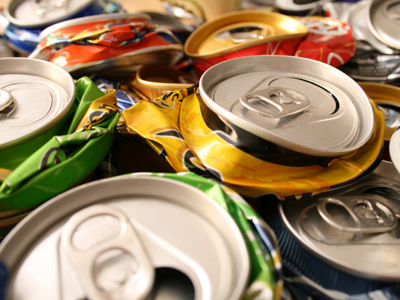
Atomic Structure 2
This Chemistry quiz is called 'Atomic Structure 2' and it has been written by teachers to help you if you are studying the subject at high school. Playing educational quizzes is a user-friendly way to learn if you are in the 9th or 10th grade - aged 14 to 16.
It costs only $12.50 per month to play this quiz and over 3,500 others that help you with your school work. You can subscribe on the page at Join Us
High school Chemistry students will be expected to know the atomic structure of certain elements in the Periodic Table. They should know the numbers and arrangement of protons, neutrons and electrons as well as their atomic numbers and their atomic mass. This quiz will help to familiarize students with these elements.
Cl 37 - 20 Protons; 17 Neutrons; 17 Electrons
Cl 37 - 17 Protons; 20 Neutrons; 17 Electrons
Cl 37 - 17 Protons; 18 Neutrons; 20 Electrons
Cl 37 - 17 Protons; 20 Neutrons; 20 Electrons
Ready for more?
not all...
quizzers. Try to win a coveted spot on our Hall of Fame Page.







